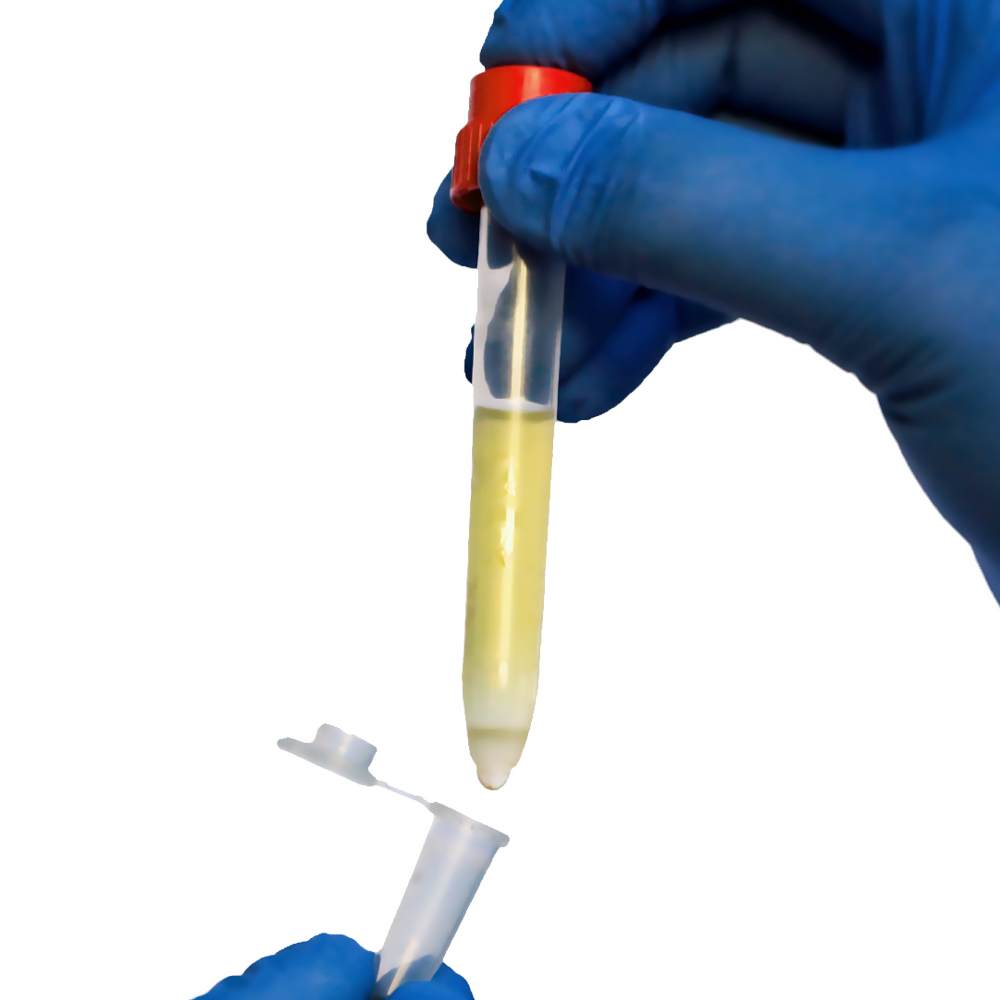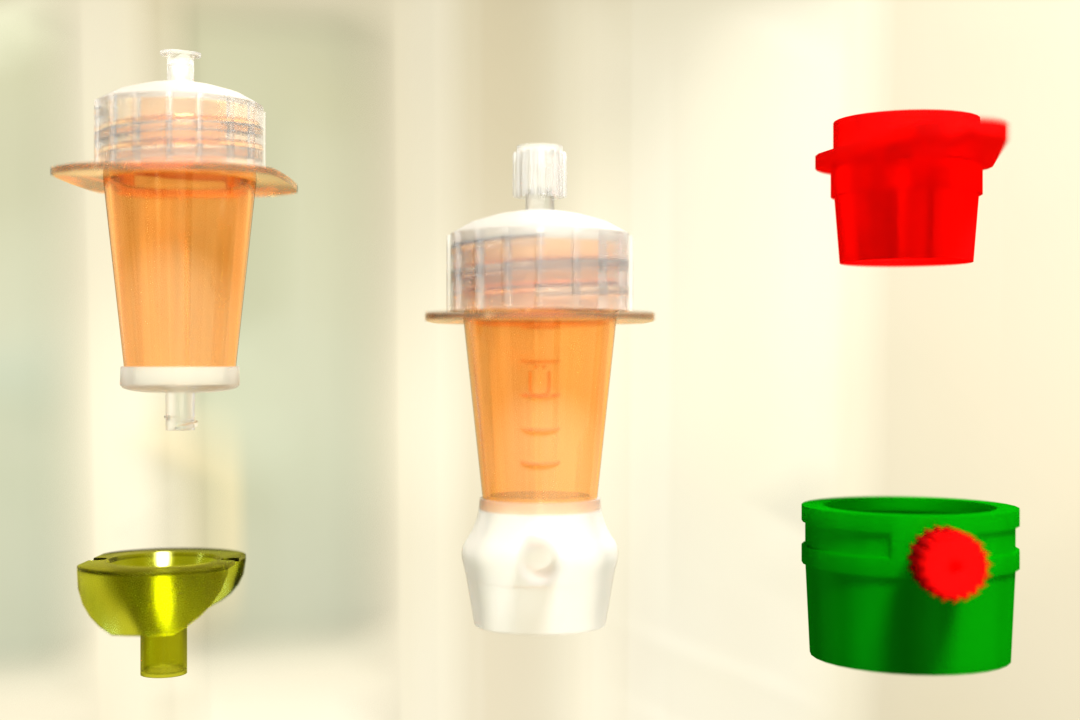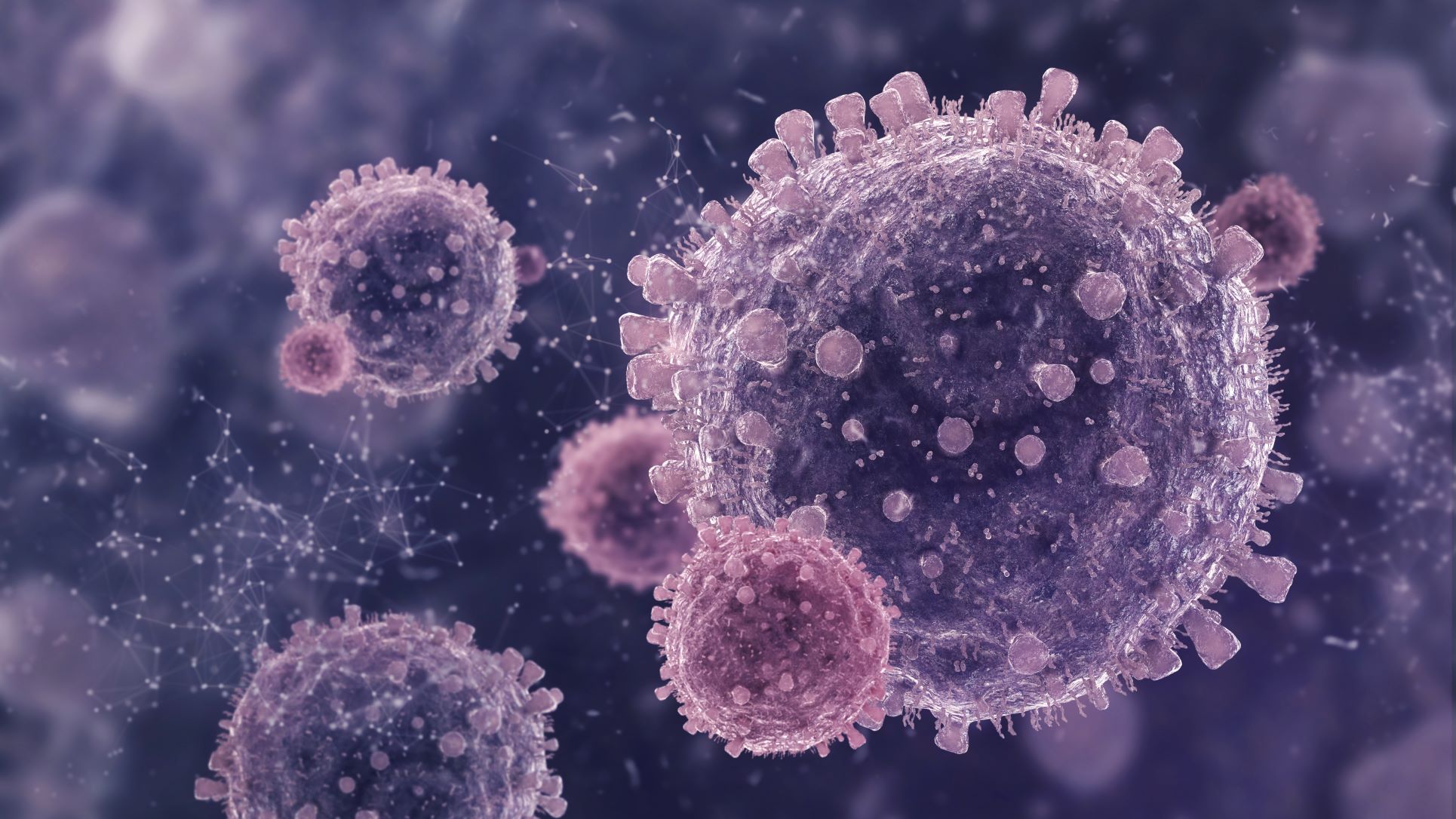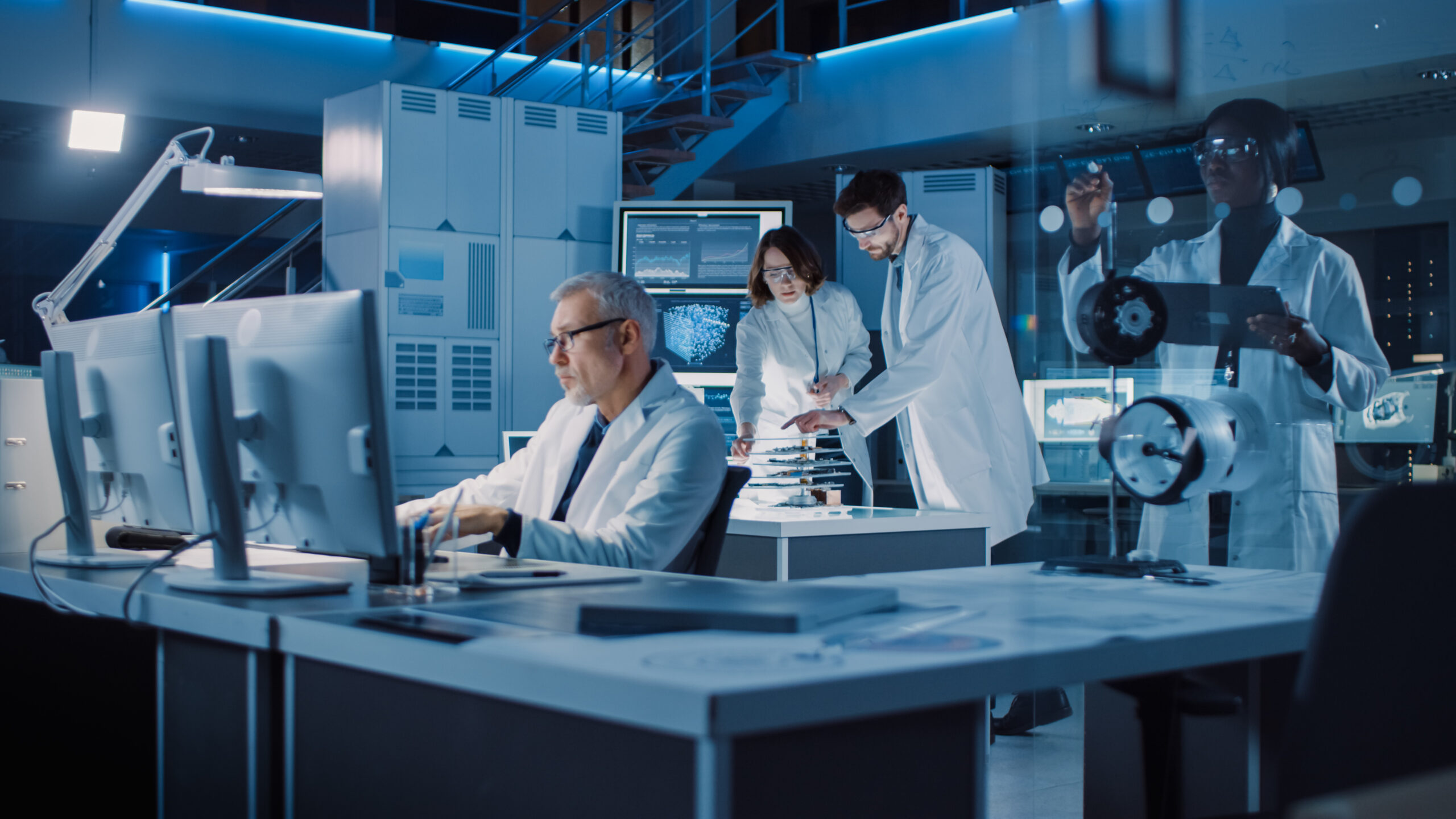Neutrophil granulocytes play a crucial role in the human body’s immune response. Antibody cell separation using PluriBead and PluriStrainer enables researchers to isolate and study these cells’ functions in greater detail.
Neutrophil granulocytes, also known as neutrophils, are one of the types of white blood cells in the human body that play a crucial role in protecting the body against various infections. These cells are part of the immune system and are responsible for detecting and destroying harmful pathogens, such as bacteria and viruses.
A Brief On Neutrophil Granulocytes
Neutrophil granulocytes are the most common type of white blood cells, accounting for about 60-70% of all white blood cells in the human body. They are produced in the bone marrow and are released into the bloodstream, where they circulate for several hours before migrating to the site of infection.
Neutrophils are characterized by their multi-lobed nucleus and granular cytoplasm, which contains enzymes and other proteins that help them to detect and destroy pathogens.
How Do Neutrophil Granulocytes Function?
The main function of neutrophils is to detect and destroy harmful pathogens, such as bacteria and viruses, in the body. When a pathogen enters the body, neutrophils are attracted to the site of infection by chemical signals, such as cytokines and chemokines, which are produced by the infected cells.
Once they reach the site of infection, neutrophils use several mechanisms to destroy the pathogen. These include phagocytosis, the process of engulfing and digesting the pathogen, and the release of enzymes and other proteins that can kill the pathogen.
Antibody Cell Separation Tools for Neutrophil Granulocytes
In research and clinical settings, it is often necessary to separate neutrophil granulocytes from other types of cells for further analysis or therapeutic purposes.
Cell separation by centrifugation is one commonly used technique for separating neutrophil granulocytes from other types of cells. This technique involves separating the cells based on their density using a centrifuge. There are two types of density gradient centrifugation: differential and equilibrium. Differential density gradient centrifugation is used to separate cells with different densities, while equilibrium density gradient centrifugation is used to separate cells based on their density in a continuous gradient.
PluriBead
PluriBead is an innovative technology for cell separation that does not require magnetic components. The PluriBeads with target cells are passed through a strainer, and the beads with target cells remain on top while the unwanted cells pass through. Once the beads are detached, the target cells are ready for further use. This process is simple and efficient, making it ideal for various research applications.
PluriBead offers several key features that set it apart from other cell separation techniques:
- No Sample Preparation: The technology eliminates the need for gradient centrifugation or erythrolysis, and samples ranging from 200 µl to 45 ml can be used.
- High Range of Species: PluriBead can isolate cells from various species, including humans, mice, rats, and others.
- Fast Isolation: PluriBead can separate target cells in as little as 5 minutes.
- Gentle Isolation: PluriBead yields a high number of viable cells while minimizing the required sample amount, ensuring a gentle isolation process.
- Universal PluriBeads: PluriBeads can be used with any external antibody.
- Simultaneous Cell Isolation with PluriBead Cascade: PluriBead’s cascade technology enables simultaneous cell isolation of two distinct cell types from a single sample.
- Sequential Cell isolation: PluriBead can isolate up to 6 different targets from one sample.
PluriBead Principle
The PluriBead principle involves a simple three-step process:
- Incubation: Mix the sample and PluriBeads containing target-specific mAb coating, and allow them to gently incubate at room temperature. Target cells bind to the PluriBeads.
- Washing: Isolate the target cells that are bound to the beads from the sample material by sieving. The bead-bound targets remain on the strainer while all other cells pass through to a tube beneath.
- Detachment: Detach the target cells from the beads with a detachment buffer directly on the strainer. While the depleted beads are still on the strainer, wash the cells into a new tube.
PluriStrainer
The PluriStrainer is a sterile sieving tool used to separate cell aggregates or obtain single-cell suspensions. It supports filtration and can be used at low pressure when paired with a Connector Ring.
PluriStrainer can be used with a funnel for large sample volumes and can be stacked to allow filtration with various mesh sizes. It can also be inverted to recover sieved material. It fits into any 50 ml centrifuge tube. The pluriStrainer is available in 15 mesh sizes ranging from 1 to 500 µm and has a unique design to avoid clogging, providing improved ventilation.
Conclusion
Neutrophil granulocytes play a critical role in the immune system, protecting the body against various infections. To study and utilize these cells, it is necessary to separate them from other types of cells using various cell separation techniques, including antibody cell separations, enzymatic cell separation, and cell separation by centrifugation.
Researchers and clinicians can perform cell enrichment and separation with the aid of our cutting-edge antibody cell separation techniques, such as pluribead, to further study the features and functions of neutrophil granulocytes and advance medical understanding and treatment in a variety of fields.
Reference:
NCBI
Nature
Medical News Today
FrontiersIn
Science Direct
 English
English French
French
 German
German
 Spanish
Spanish
 Belgium
Belgium
 Italian
Italian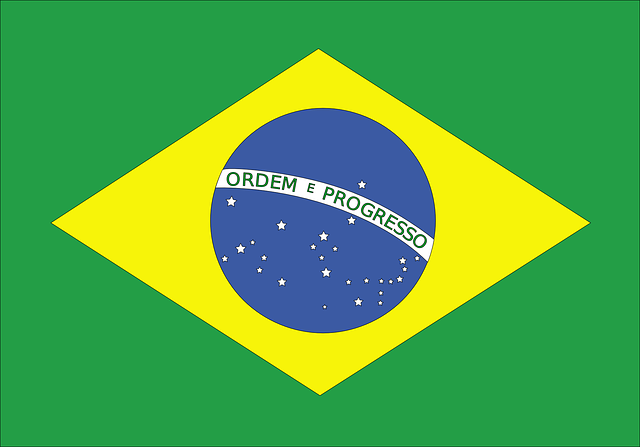 Brazil
Brazil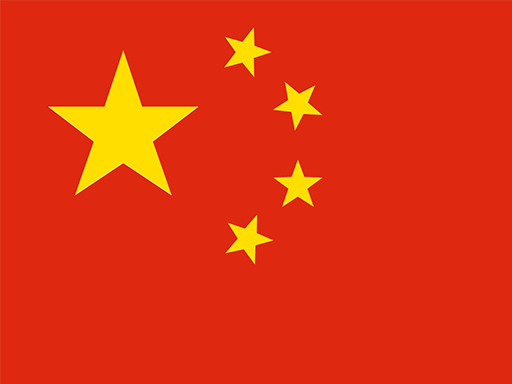 Chinese Mandarin
Chinese Mandarin
